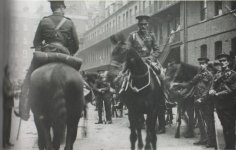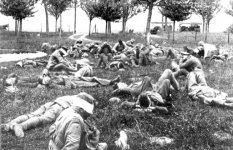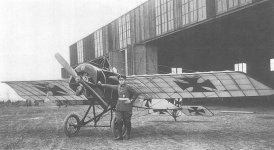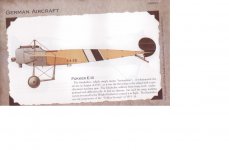Rob
Four Star General
- Joined
- May 18, 2005
- Messages
- 26,622
Ok guys, after talking with friends and with the Centenary approaching , I thought I'd start a WW1 pic of the day thread. Feel free to add a pic of your own, it can be anything to do with WW1. Land, Sea, Air , Home Front, it can be a pic from the period or a pic you took on a battlefield or memorial trip, anything you like. Here's one to remind us it wasn't only the Germans who used hideous Gas during the War.
Aerial photograph of a British gas attack in progress between Carnoy and Montauban in June 1916, shortly before the Somme offensive. Montauban, then still in German hands, is at the top left of the picture and Carnoy, behind British lines, is at the bottom right.

© IWM (Q 55066)
Aerial photograph of a British gas attack in progress between Carnoy and Montauban in June 1916, shortly before the Somme offensive. Montauban, then still in German hands, is at the top left of the picture and Carnoy, behind British lines, is at the bottom right.

© IWM (Q 55066)










